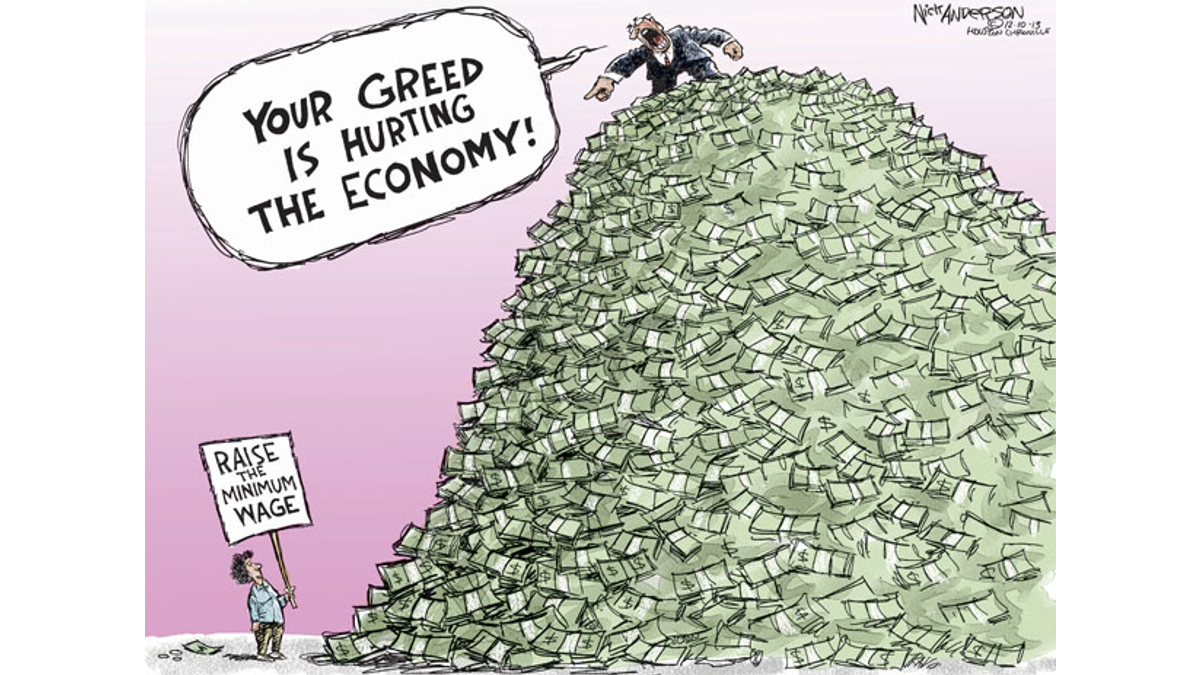On May 11, 2022, GAO released its 12th annual report highlighting opportunities to reduce fragmentation, overlap, and duplication in federal programs—as well as chances to save money and increase revenue.
![]()
Overview
On May 11, 2022, GAO released its 12th annual report highlighting opportunities to reduce fragmentation, overlap, and duplication in federal programs—as well as chances to save money and increase revenue.
We identified 94 new actions that Congress and executive branch agencies could take to save money and improve efficiency and effectiveness of government programs and activities.
Notable examples include:
- The Department of Energy could save tens of billions of dollars by adopting alternative ways to treat low-activity radioactive waste.
- Internal Revenue Service could save $20 million or more annually and improve taxpayer services by establishing a mechanism that identifies, monitors, and mitigates issues contributing to refund interest payments.
- The Department of Defense could save millions of dollars by better managing fragmentation in its food program and strengthening ongoing initiatives to reduce improper defense travel payments.
- Social Security could save millions of dollars by identifying and addressing overpayments to disability beneficiaries in its Ticket to Work program.
Congress and agencies have made significant progress in addressing many of the 1,299 actions that we identified from 2011 to 2022. These efforts have resulted in approximately $552 billion in financial benefits, an increase of $35 billion since our 2021 report.
The status of our proposed changes can be followed on our Action Tracker—an online tool that monitors the progress Congress and federal agencies have made in addressing the actions we’ve identified.
Read our press release about the 2022 annual report—issued on May 11, 2022—to find out more.
Action Tracker
GAO’s Action Tracker is an interactive online tool that tracks the progress that Congress and federal agencies have made in reducing duplication, overlap, and fragmentation—and reducing costs and increasing revenue—that GAO identifies in its annual report. Fully addressing every action in this tool would result in tens of billions in savings for the federal government.
Explore Actions by Area
Skip to main search resultsTopicAllAgricultureDefense-Health and Medical-Infrastructure-Other Topics-Personnel and Logistics-Weapons SystemsEconomic DevelopmentEnergyGeneral Government-Contracting and Sourcing-Federal Property-Information Technology-Other Topics-Tax Policies and EnforcementHealth-Medicaid-Medicare-Military and Veterans Issues-Other TopicsHomeland Security/Law EnforcementIncome SecurityInformation TechnologyInternational AffairsScience and the EnvironmentSocial ServicesTraining, Employment, and Education Action StatusAllNew – PendingNot AddressedPartially AddressedAddressedConsolidated or OtherClosed-Not AddressedSelect an Area TypeAllFragmentation, Overlap & DuplicationCost Savings & Revenue Enhancement
Download the entire Action Tracker Spreadsheet: XLSX CSV
About This Work
The federal government is spending a lot more money than it is collecting, and addressing this imbalance will require changes to both federal spending and revenue policies.
However, Congress and federal agencies could act now to address federal programs or activities that are fragmented, overlapping, or duplicative—which would save the government tens of billions of dollars.
The total savings associated with this work is a rough estimate based on a variety of sources. For more information on our methods for calculating these savings, please visit our report.
Definitions of Fragmentation, Overlap, and DuplicationImage

































![Lieutenant-Colonel Robert Rogers (7 November 1731 – 18 May 1795) was a British Army officer and frontiersman. Born in Methuen, Massachusetts, he fought in King George’s War, the French and Indian War and the American Revolutionary War. During the French and Indian War, Rogers raised and commanded Rogers’ Rangers, a ranger unit trained for carrying out asymmetric warfare.[2][3](https://www.cowboyron.com/wp-content/uploads/2022/05/1262463_580743685323360_2133853937_o1-1-150x150.jpg)
















![Billie Joe Armstrong & Norah Jones – Silver Haired Daddy Of Mine [Music Video]](https://www.cowboyron.com/wp-content/uploads/2022/11/Al_St._John1-100x100.jpg)


























